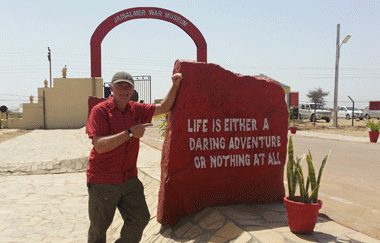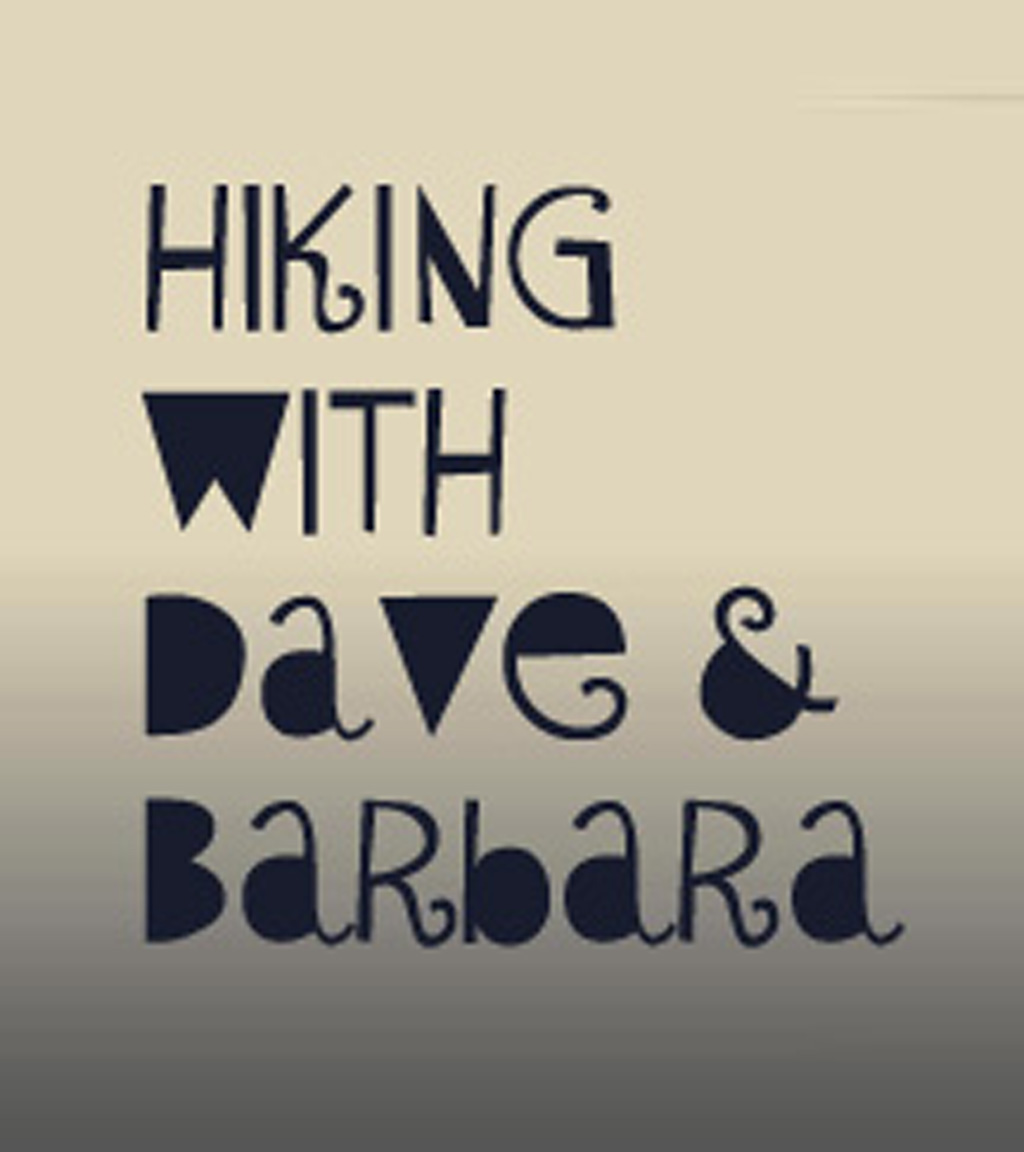


La Maroma from Canillas de Acietunas, Andalucía, Spain
La Maroma, Andalucía, Southern Spain
La Maroma is the highest mountain in Malaga province at 2,069m (6,788feet). From the top are stunning views north to the Alpujarra’s, south to the Mediterranean, and with views to Malaga and Torremolinos. We have looked at the mountain from various locations including the beach in Torremolinos, and felt it calling us. La Maroma is actually 2069m high but our walk started at around 649m in Canillas. The path is easy to follow, being marked most of the time. There are at least 3 routes up, we have previously walked from the north starting at Robledal (see details on our website), this time we walked from the south.
There are 2 routes up from Canillas, which then meet at Puerto do los Charcones. We decided to do the slightly longer circular route as it would be more interesting, instead of a linear trip. The previous night we had left our base in Torremolinos, arriving by car in the pretty village of Canillas 75 minutes later. We stayed at Casa -de-Arriba for 2 nights, having booked it on Bookings.com. The apartment was fabulous, with cooking and clothes washing facilities.
We left at 7.45am just after dawn-this being November. The sky and views down to the ocean were fabulous, especially in the changing light. It was windy, and there was some cloud billowing around. We hoped the weather would improve.
As usual on the previous night, we had carried out a reconnoitre of the start of the walk. Our walk starts from the old football ground (not to be confused with the new one). We made our way from where we were staying going down and up the beautiful village steps and alleyways, then followed an old sign for campo de football. We went through most of the village, before passing the cemetery on Cuesta de los Picachos at 8am, continuing along the road, then left uphill passing the disused football ground. We took the road up through the trees, (8.20am one mile walked), there are various possible short-cuts through the trees, then back onto the road-but we could not decide whether they were actually any quicker. We reached a notice board at 8.30am with views to Torcal and the mountains of Torremolinos.
Following the track reaching the information board at Mirador of Castillejos, keeping an eye out for eagles and mountain goats!! Going through the trees, then back along the concrete road once more, with views of cloud on the top (8.50am, 1.8 miles, 270m ascent).
We passed a forestry commission building at 9am (2.1 miles 330m ascent), then after a further 600m walk down the road, we turned left at the large La Maroma sign, going down a path by a wooden post, descending through pine trees (9.15am), then over a bridge, which crosses a dried-up river. Ascending we passed a disused lime kiln. The path then seems to head in the wrong direction (turning left), but have faith, and after 15 minutes it turns right, then by a sign (9.30am) right again. There were plenty of thorny bushes along the obvious rocky path (perhaps shorts were a bad idea!!!), and views to an empty reservoir. We passed a second lime kiln at 9.45am, the wind was getting up and some grey clouds were rolling in. It did seem a steep endless climb along a zig zag overgrown path. We were happy when we reached the ridge at Puerto do los Charcones, meeting the alternative path coming up from Canillas at 10.30am. It had taken us at least 30 minutes longer than it had said in our
book! We followed the marker posts, then along the obvious cairned up-hill path arriving at Proa del Barco (The Ship’s Prow) at 11.40am. (11 °C with a cold wind). The path turns 90°, then goes up-hill over the rocks, with some cairns and posts. The weather had turned much colder and windier, and we were now in cloud. Just before the summit is a 50m deep pothole, this was once a store for packed ice, which was then carried down the mountain on the path called El Camino de La Nieve-don’t fall into it. We were very happy to arrive at the large summit trig at 1pm (1410m ascent, 6.85 miles in 5 hours). The large trig point is about 10 feet high, with iron rungs on it to access a small chimney on the top. There are various small shelters, where we sat and quickly ate our sandwiches, it was now very cold and windy. We were in thick cloud, and could barely see 50m ahead of us, never mind any view. We have been to the summit before so knew what we were missing! We left at 1.20pm going quickly down in the drizzle and rain, arriving at 1.50pm at a gap in the fence. By 2.10pm we were back at prow of the boat with a cold gusty wind, and a slight view down. Walking quickly down, we were soon back at Puerto do los Charcones col at 3pm, hiding from the rain under large rock.
As we continued downwards the weather improved, the path split, we went left through the trees, then up to a small col, before heading downwards again.
At 4.15pm we arrived at La Rabita, with a cave, which is actually a disused mine running 70m into the mountainside. This was once an old settlement first for the Romans, then for the Moors. The water from the spring nearby was once piped down to Canillas. We were happy to arrive back at the top of the village at 5.10pm, 12 miles walked, by an information board saying Casa de La Nieve.
It had been a fabulous day of walking, but we were exhausted at the end. Maybe we needed to train more in the mountains, instead of just walking by the sea!! The altitude of 1,460m is fairly arduous too.
Later we walked down to the village in the hope of some nourishing dinner, unfortunately the restaurants were all shut-maybe as it was a Tuesday in November. We managed to buy a hot pasty in El Refugio bar Cultural, where we had eaten pizza the previous night, unfortunately no pizza was available. There are a few small shops in the village, and a bakery, but these did not sell much. In hindsight we would have taken some food with us to cook in our lovely apartment.
Comments
The path on the initial climb had many thorn bushes along the way. We were wearing shorts-not the best plan. Trousers would have provided better protection.
Be aware that mountain weather is always very changeable, we wore shorts but by the time we reached the summit it was very cold, we had hats, buffs, gloves, jumpers and coats on. Maybe trousers could have been worn instead of our shorts, or zip-off trousers-as it was very warm when we set off.
We saw only 2 people all day-making this one of the quietest walks we have ever done, but it was mid-week in November. The path down was well-established, indicating that it must be popular at other times.
It is advised not to climb in summer, as it would be too hot, nor in winter as it may be dangerous with snow and ice.
Take plenty of food and water.
This is a tough hike, keep an eye on the weather conditions which may rapidly change, and the time. We climbed in November setting off just after day break at 8am, arriving back at 5pm, one hour before sunset.
Distance 12 Miles (19.5 km)
Duration of Walk 8. 50 Hours
Average Pace 27 Min/Mile
Elevation Gained 4,793 feet (1461m)
Information/Advice
Take a phone and charger, sun hats, sun tan lotion and plenty of food and water as after leaving the start there is nowhere to replenish supplies. It was very chilly on the top as the clouds had rolled in, so take a wind proof jacket, fleece, gloves and a woolly hat. I would advise taking a compass too in case you lose your way.
Wear boots, the only way to go, we wear Lowa boots, originally designed in Germany, and very popular with walkers there. Having worn out previous pairs, with an excess of 1,000 miles walked in them, we are now on our third pairs. They are available from Lowa on-line, in Decathlon, and probably other places too.
As we wear shorts, after walking through long grass or undergrowth we always check our legs for ticks-and carry a tick card to remove them just in case. Or gaiters could be worn for those sections.
The problem with rocky terrain is that it might be fairly easy to fall and damage something. On our walk there were few people around, and little mobile phone signal. I imagine that there is no mountain rescue service-the civil guard may come out, but may charge. So, take care.
Being located in southern Spain, I would advise not doing this walk in the summer months as it would be far too hot, and would require carrying too much water. But people do walk up in a late summer evening, camp overnight on the top, and wait for the sunrise. That would be fantastic-but not for us!!
We try and use public transport when in Spain, being cheap and plentiful, or walk. But this area is fairly inaccessible by public transport, so we had hired a car in advance.
Southern Spain is accessible from England either by driving through France and Spain, or flying to Malaga then hiring a car or catching the reliable, cheap public transport.
La Maroma takes its name from the thick ropes or maromas that were used to pull the blocks of ice from the pothole near the summit to the surface, before being carried down the mountain.
Websites used https://www.mapmywalk.com/ https://www.bbc.co.uk/weather
https://www.lowa.co.uk/ Boots https://casa-de-arriba-canillas-de-aceituno.hotelmix.co.uk/ accommodation
Resources Used
Coastal Walks in Andalucía Guy Hunter-Watts Cicerone press Walk 28
The Mountains of Nerja, by Jim Ryan, Cicerone press. Walk 12
We now have Garmin watches. These link to our phones, they can record the walk, and give readings of distance walked, metres climbed, heart rate etc. We are loving them, and are very popular with our Friday walking club!